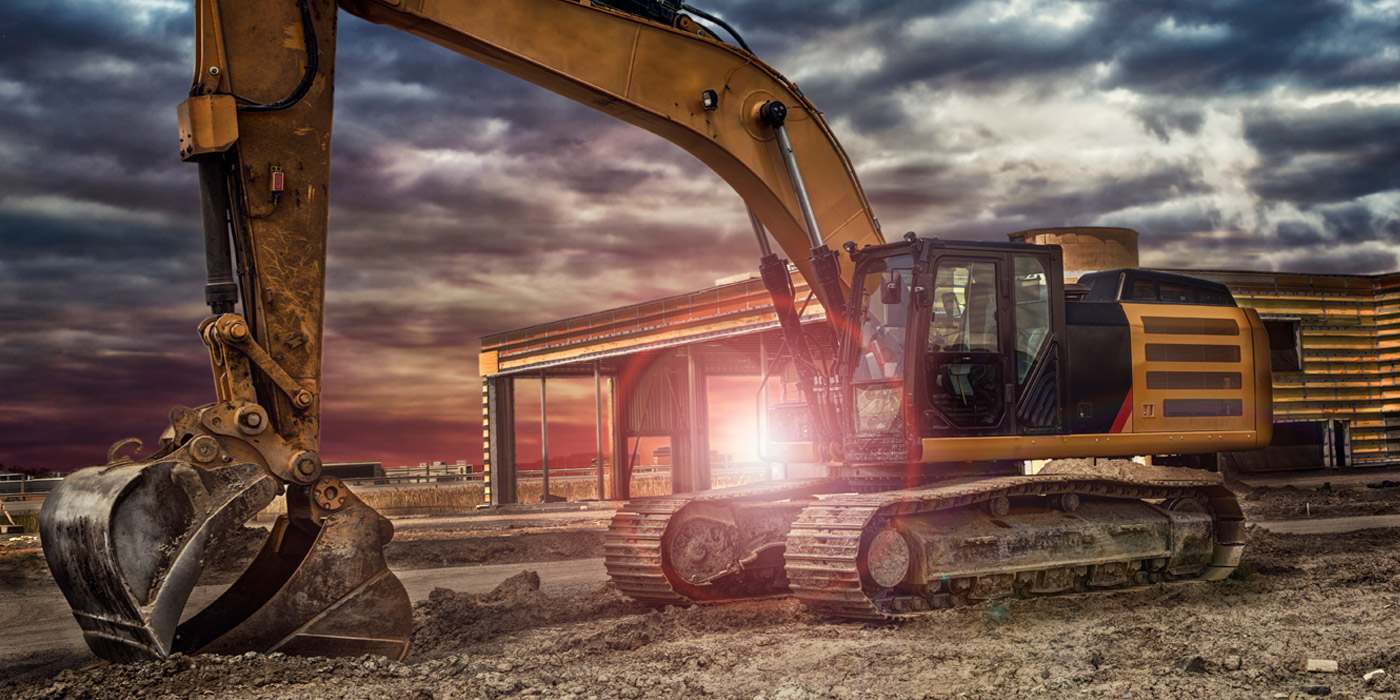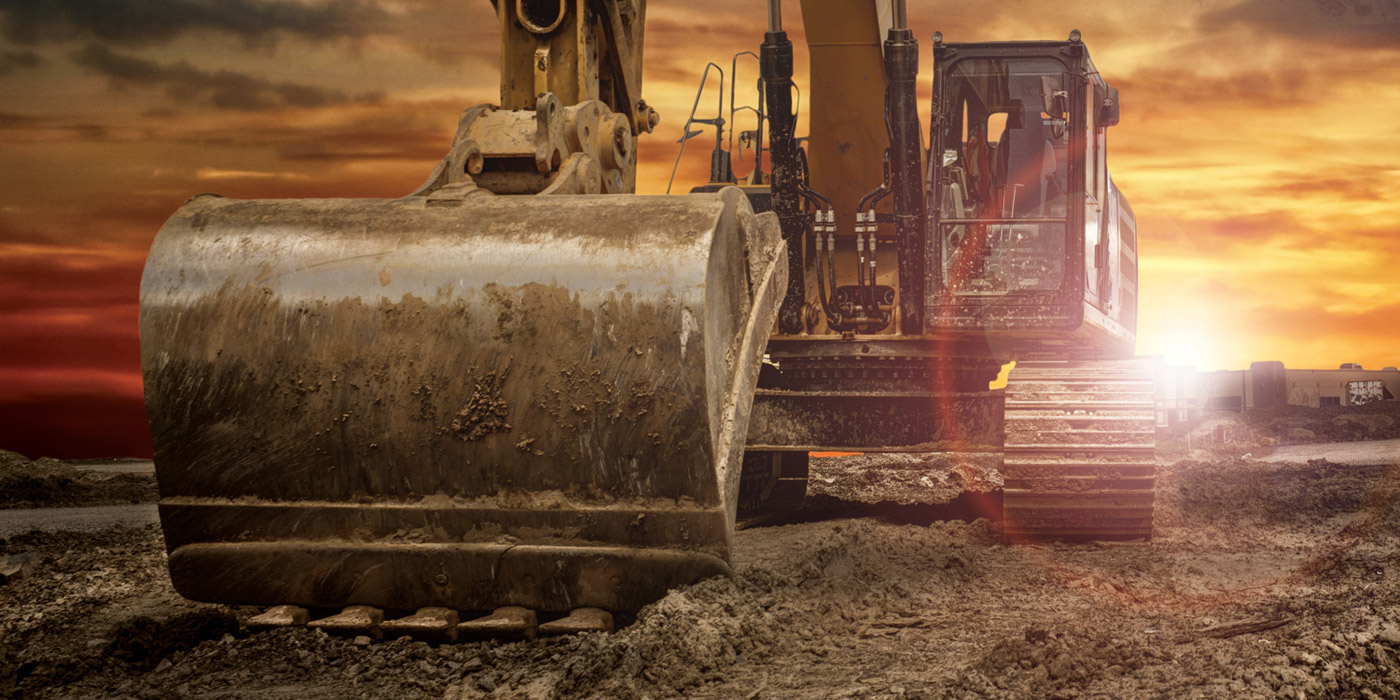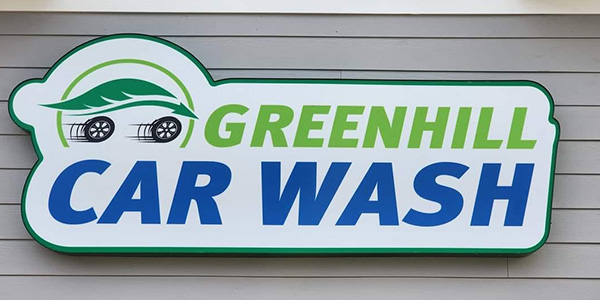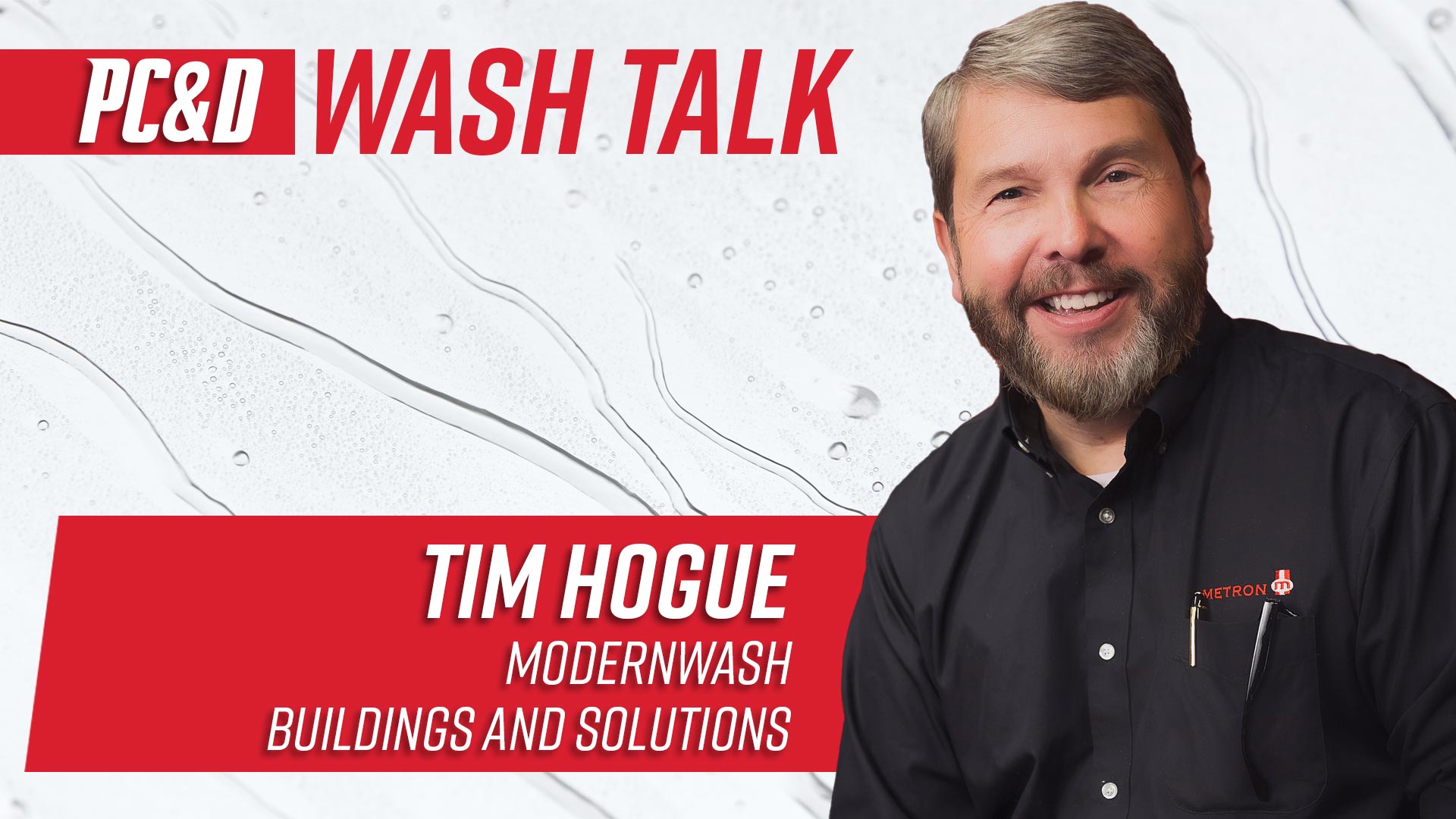Carwashes have been expanding like crazy over the last few years, and if they aren’t acquiring others, they’re building them. While it’s a lot quicker to purchase a wash than to construct it from the ground up, the truth of the matter is that there isn’t always a wash for purchase in the area you want. So, you are left with no choice but to build.
No time to read this article? Listen to it instead!
However, navigating the maze of bureaucratic red tape that is the permitting process — especially when your business gets bogged down in public hearings questioning the benefit of your carwash to the community — is tedious for even the most patient of business owners. It’s best to be prepared by knowing what to expect. We’ll look at the common zoning regulations and different permits you need to build a carwash. Furthermore, we’ll consider the different situations your carwash could become embattled in as it struggles to pass through each gate of the approval process.
Entering the maze: Finding the right lot
The site selection process is another hurdle to overcome in its own right, and we have published a multitude of articles and videos on the subject — featured on Carwash.com — so we won’t delve into all the specifics here. However, we will take a look at the zoning designations you will come across.
While zoning labels vary from city to city, you typically want to look for those zoned “mercantile designations,” i.e. commercial, light commercial, highway retail, highway business, etc. Of course, with some of these lots, carwashes will be allowed per code, but with others, you will have to secure a special and/or conditional use permit.
Most people use a real estate agent when looking to buy or build a house, and it should be no different when looking for commercial real estate. You’ll want to contact a local broker, engineer and developer with carwash experience to make sure you understand and follow all the local codes and requirements.
While it’s not impossible to, say, purchase a lot zoned residential and get it changed to commercial, there are a few factors to take into account.
For instance, Derrick Merchant, CEO of 7B Building & Development, says, “A big thing we look for when deciding the right site — besides all our internal criteria — is what is around it, [which] will likely determine if you’re going to win a case for a zone change. If you have retail and fast food around you and you’re not in a heavily residential area, you’re likely going to be successful. If you have neighbors at the back of you [who], when you go to public meetings … are going to come out in opposition of the carwash, [it will] thus make it much more difficult to get approved.”
But, what if you’re not dealing with an empty lot? What if you find the site of an old, rundown carwash that you want to tear down and rebuild or simply remodel? That actually makes things a lot simpler. In this case, according to Timothy Hogue, president of Modernwash Buildings and Designs, one of the benefits is that it lessens the permitting process.
However, if the building you plan to remodel was not a carwash in its former life, the situation becomes more complicated. Basically, it will need the same zoning as a new ground-up. Hogue explains, “In this case, since the structure was not a carwash, you will typically have to go through a complete application for carwash usage, in which case the structure might as well be razed in order to facilitate a more efficient site layout as well as a fully optimized construction plan.”
That’s not to say it can’t be done. Carwashes around the country have salvaged old banks and restaurants, for example, but these are considerations to take up with your engineer and developer.
Furthermore, if you do purchase one of these lots and it requires a zoning change, some municipalities will require that you attend public meetings for this switch. According to Merchant, in this case, there is usually an administrative process in place where these changes can be done fairly quickly and easily. Merchant also stresses that, once again, having a local engineer who knows the city and a developer who will look out for your wallet and represent you is important.
Navigating the maze: Paths to permits and dead ends
Long gone are the days of the pioneer, who, after claiming or purchasing his tract of land, could develop and build it as he pleased. If only it were so easy today. Alas, the modern era has necessitated many new building and development permits for conformity, safety and environmental reasons.
Once again, the different permits you need will vary by municipality, but there are a few that you can typically count on requiring. “Undeveloped lots typically require a general building and Stormwater Pollution Prevention Plan (SWPPP) permit,” explains Dave Hail, vice president of facilities development with Mister Car Wash. “[For] lots that have some type of structure, a demo/grading permit can typically be pulled prior to obtaining your general building permit.” In addition, you will also need a landscaping permit.
In order to secure these permits, Hogue notes that you will need the following professional stamped documents from an architect, surveyor or engineer:
- Site and civil design drawings
- Landscape design
- Architectural and structural/foundation design
- Mechanical electrical and plumbing plans.
“There are benefits in using a pre-engineered building system, as this will speed the process of many of these requirements,” Hogue adds.
As if that weren’t enough, every locality is going to have its own special regulations to follow. According to Hail, these can include design review boards, building height and architectural restrictions, setbacks, requirements for the positioning of the building, parking codes, light and noise pollution regulations, traffic studies and landscape requirements.
“I would recommend engaging a local civil engineer to complete a Site Investigation Report (SIR). A properly completed report should capture any special requirements, regulation or restrictions that could impact your business decision,” Hail notes.
Finally, once the building is completed and you’re ready to move in … there’s still one more permit to get.
“Once you get through the permitting process, make sure you have all requirements to obtain [a] Certificate of Occupancy (C of O),” Hail continues. “Some states and municipalities could require third-party inspections or close-out reports.”
Getting lost: What’s the delay?
Anyone who’s ever built a carwash knows that nothing ever goes as planned. Weather delays are just one construction worry, but if you can’t even get the approval to construct the site, the weather will be the least of your concerns.
Hail notes that any one of the following can cause development plans to stall:
- Environmental impacts
- Noise ordinances
- Department of Transportation access
- Local resistance with neighboring businesses and/or residential neighbors.
Sometimes, it’s pure uninformed bias that causes a delay. For instance, many city officials may remember poorly run and maintained carwash structures from the past that did not meet the desired aesthetic for the city. To combat this issue, Hogue says you need to present professionally made, appealing site plans.
“[You can help your cause] by presenting a modern, very clean design of a carwash structure that meets the aesthetics of the surrounding structures that also takes into account traffic patterns as well as landscaping with buffer areas. The owner should present high-quality 3-D renders of the proposed carwash which relay the well-designed nature of the project,” he notes.
Hogue also says that some sites are part of architectural overlay zones in which a specific architectural style has been mandated for an area that may make it more difficult for the carwash to meet the locality’s criteria.
However, it is neighboring businesses and residents in particular that can voice the loudest opposition to your new carwash at public hearings. Many times, residents seem to object for a couple of primary reasons, including that they feel there are already too many carwashes in the area or they fear the noise the carwash will supposedly bring.
This is, unfortunately, only the tip of the iceberg. As Merchant notes, “I have sat through probably 20 public meetings, and you never know what the [concerns] are going to be from the public. As soon as I think I have seen it all, something new pops up.”
Hail offers some advice in regards to combating these opposing viewpoints. “First, hear your opponents out. It’s important that you listen to them. Then, tell your story about what adding a great retail service experience — with clean facilities and great curb appeal — can bring to the neighboring community while highlighting your commitment to use equipment and technology that reduces water usage and mitigates sound pollution.”
Aside from presenting the facts of your case and being knowledgeable of the laws in your area, Merchant also suggests having an attorney present at the meetings as well as a local engineer who knows who you’re dealing with on the commissioner level. With these two people in your corner, you can strategize how to win everyone over beforehand.
In the end, however, how much of a fight you put up depends on you. “You just have to decide how much you want the project and how much you’re willing to spend on attorneys and engineers,” Merchant notes. “I have taken projects to district court and lost. Right now, we have a project that might end up in the Supreme Court. Those are extreme cases, but it’s part of development, and — at the end of the day — standing up for what’s right.”
Finding the exit: Research and team effort
Regardless of whether or not you are staying local or venturing into unknown territory, so to speak, Hogue stresses, “Due diligence is important to research potential issues that may arise with the deed, boundaries, site neighbors or a potential multiple architectural overlay district, where multiple design criteria may be applied, and in some cases, these may be in conflict with one another, which could slow issuing permits.”
As such, Hogue says to always keep the following in mind:
- Investigate property setbacks and easements.
- Take into account landscape and site design early in the process.
- Confirm architectural design requirements early on with a 3-D city presentation drawing set that features elevations, dimensions, materials as well as general design information.
- Work with a local civil engineer to help mitigate potential issues and facilitate local requirements.
- Take your time in the early part of the process, and this will help create a much more successful carwash project.
It takes a team to bring a carwash to life — and another team to keep it alive. Hire the right local people to help you navigate the bureaucratic maze, and you will find your way to the finish that much more easily. Then, it’s onto the next challenge. But, one step at a time.














